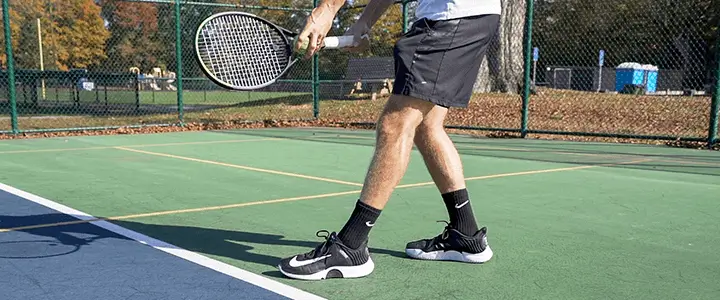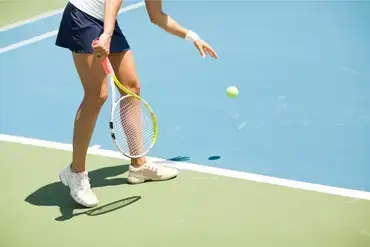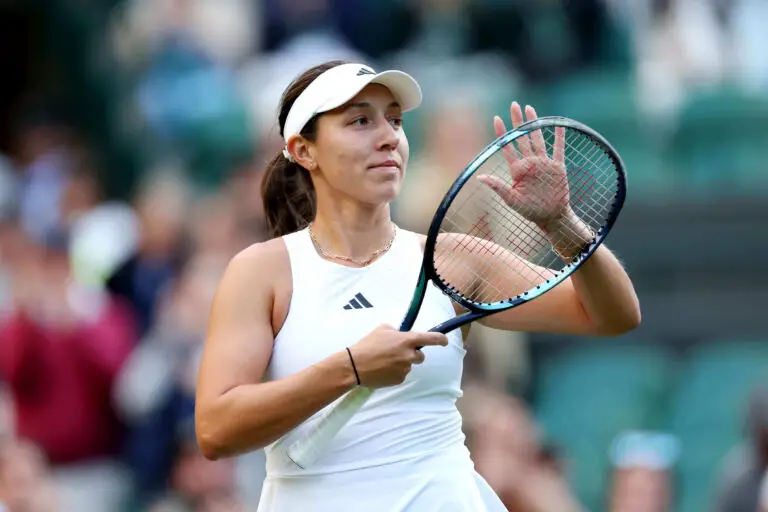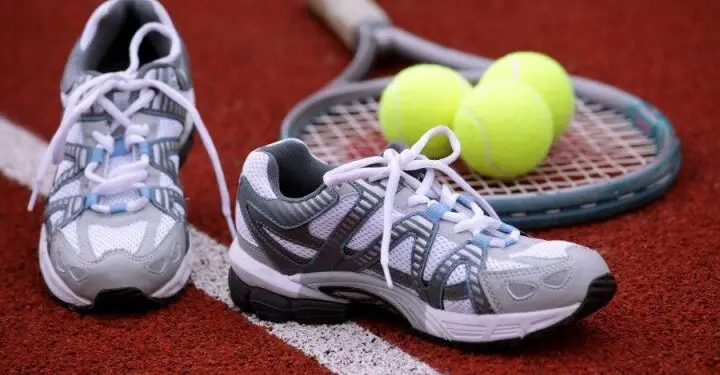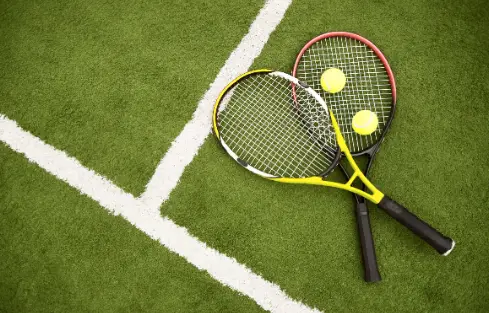Can You Practice Tennis On A Squash Court?
No, due to the substantial size, dimension, and playing dynamics differences, it is not advised to practice tennis on a squash court.
Tennis and squash are both popular racket sports that require specific playing environments. While squash is often played on a squash court and tennis is typically played on a tennis court, you may question if tennis can be played on a squash court.
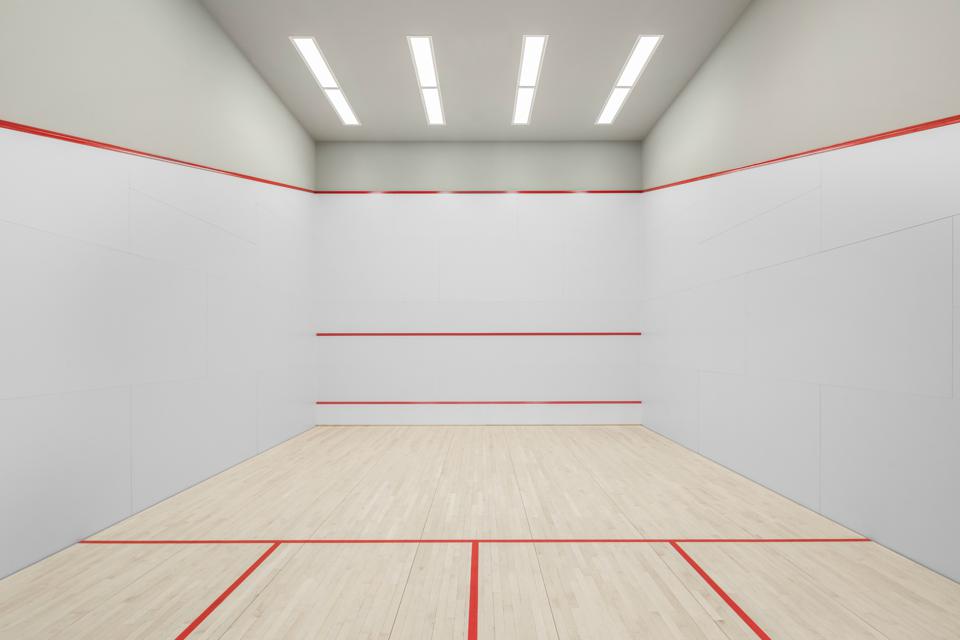
The contrasts between these two types of courts will be discussed in this article, along with the question of whether tennis can be played on a squash court. So let’s get started and find out!
Understanding Tennis and Squash Courts
Before we delve into whether you can play tennis on a squash court, it’s essential to understand the basic characteristics of each court.
1. Tennis courts
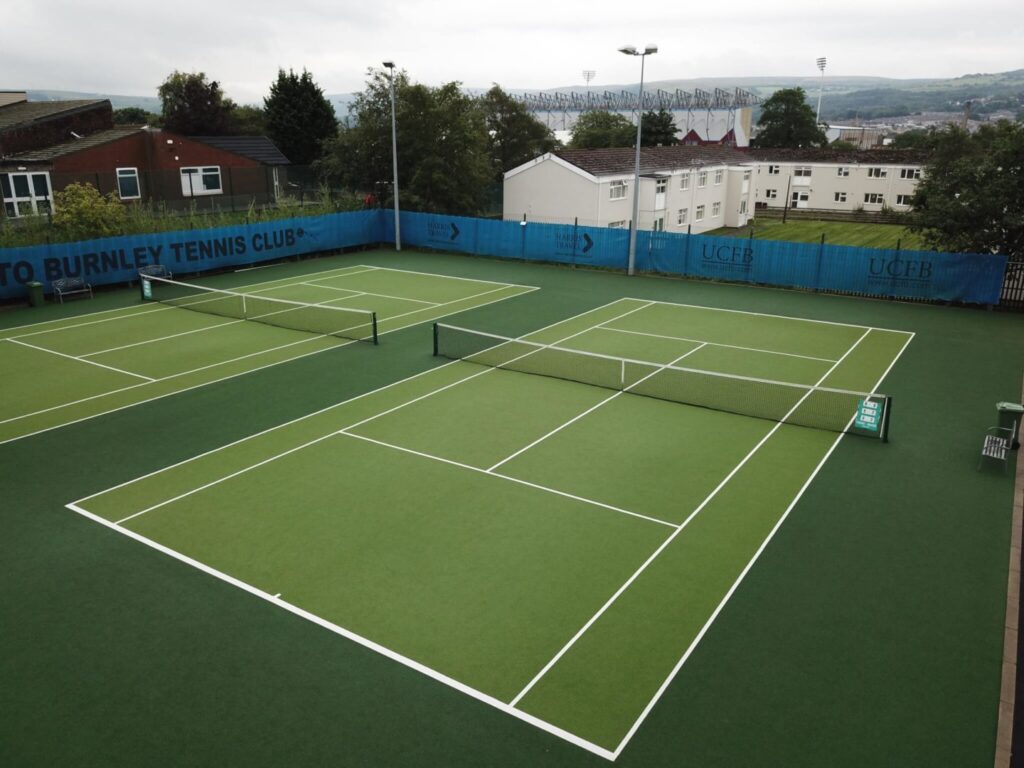
Tennis courts are frequently more extensive and built expressly for the sport. For singles matches, tennis courts usually are 78 feet long by 36 feet wide, and for doubles matches, 78 feet long by 42 feet wide. The standard building materials for the playing surface are concrete or an asphalt layer covered with acrylic paint.
2. Squash courts
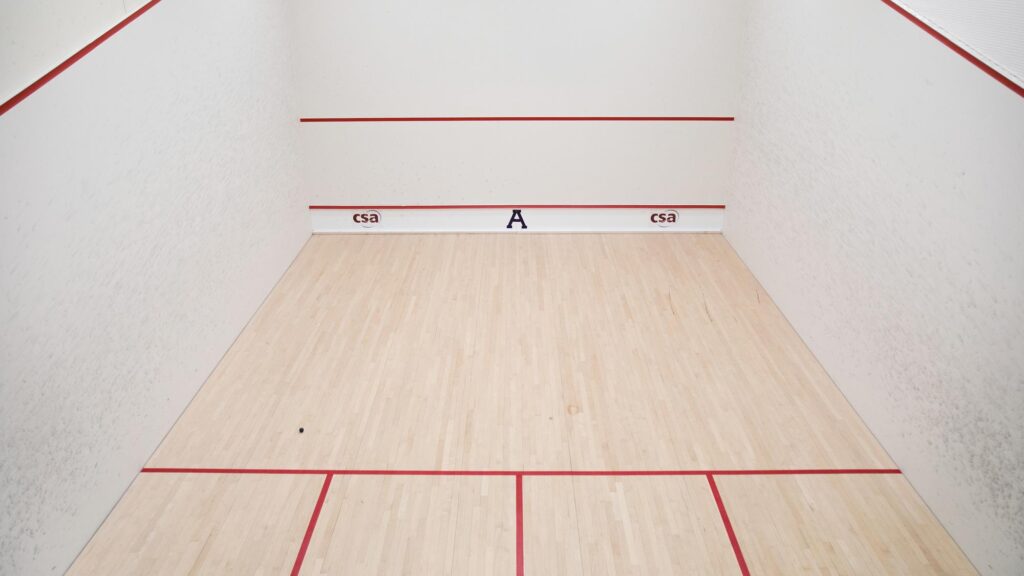
Conversely, compared to tennis courts, squash courts are smaller and have distinct proportions. The typical squash court is 32 feet long by 21 feet broad, with four walls on all sides. Players use the walls to rebound the ball while playing, making them an essential game component. The playing surface of squash courts is built of a firm, smooth material like wood or a composite.
Here I can add a YouTube link for your convenience to visually understand the topic better and clarify any concepts. Kindly check this
Can You Play Tennis on a Squash Court?
A squash court is not the ideal location for tennis practice for three main reasons:
- The squash court needs to be more significant.
- A squash court’s constrained size prevents you from performing a full tennis stroke.
- Compared to traditional tennis courts, the surface is substantially faster.
If you need access to a tennis court, practicing tennis on a squash court could be tempting, but this is not advised. Performing full-scale tennis strokes on a squash court, such as solid serves or wide-angle shots, is challenging.
The main explanation is the stark contrast in proportions and size between the two courts. While squash courts are made for a faster-paced game within a smaller space, the larger tennis court forces players to cover more ground and allows for longer rallies.
I have added another YouTube video where two players are playing tennis on a squash court. This video provides visual demonstrations of tennis gameplay on a squash court. Please watch and gain a better understanding of the topic.
The Effects of Playing Tennis on a Squash Court
In addition to the restrictions already mentioned, playing tennis on a squash court can be problematic. Tennis balls hitting a squash court repeatedly can harm the delicate surface. Tennis shots are not intended to be hit at tennis courts with the force and regularity of squash shots. The integrity of the squash court may be jeopardized due to cracks, dents, or other surface abnormalities that may develop over time.
Additionally, player safety is an issue when playing tennis on a squash court. The smaller size and closer proximity to the walls increase the risk of collisions and potential injury. Tennis shots have a high rate of accidents and clashes with the surrounding walls because of their speed, power, and constrained space.
Numerous users have contributed their ideas and experiences on Quora about this topic. Please check it for a better understanding.
Alternatives for Playing Tennis
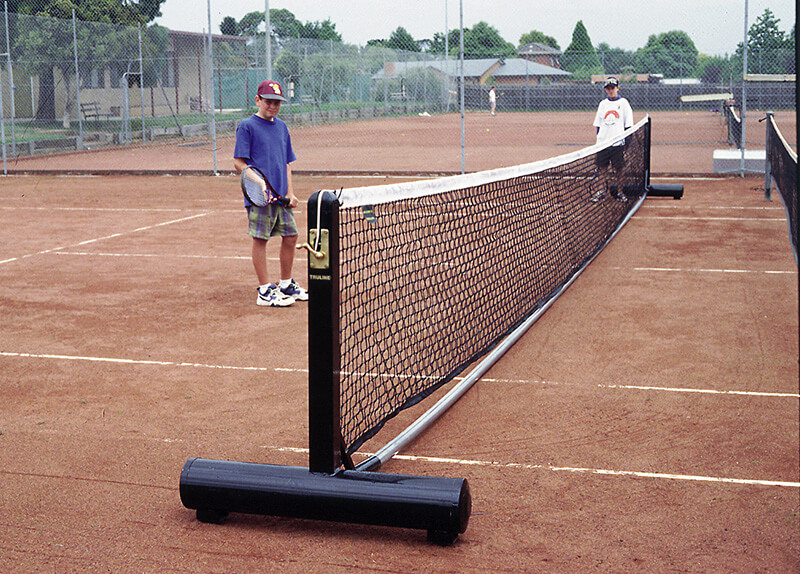
There are various choices for playing tennis if you need access to a court.
- Portable tennis nets can be set up on any flat surface, such as a garden, driveway, or even a park. With the help of these nets, you may play tennis in a small area while preserving the necessary dimensions.
- Some sports complexes or indoor tennis facilities also have tiny tennis courts, scaled-down copies of conventional tennis courts.
Remember:
The right equipment must be used when playing tennis on different surfaces. Ensure you wear the proper tennis shoes with enough traction and support to avoid slipping and getting hurt. Use tennis balls appropriate for the playing surface, as different balls are created for other surfaces and court types.
The Pros of Practicing Tennis on a Squash Court
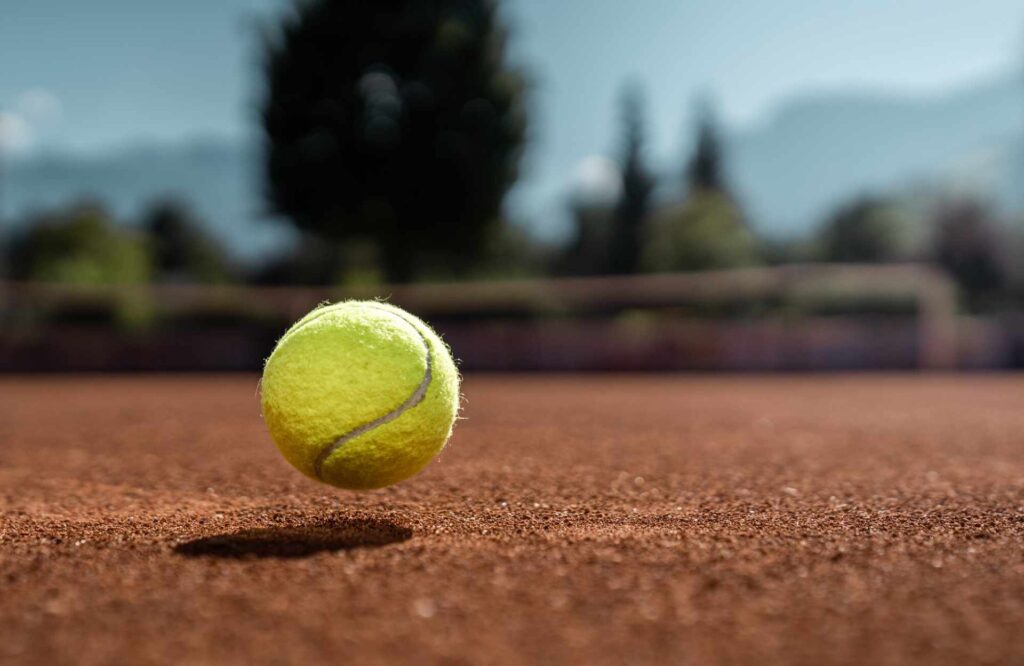
1. Availability
The accessibility of a squash court for tennis practice is one of its key benefits. Compared to specific tennis courts, squash courts are typically more accessible and more straightforward to locate. Using a squash court as an alternative to a tennis court can help you improve your game if they need to be available or they’re all filled up.
2. Cost
Using a squash court may be less expensive than a tennis court rental. Squash facilities can offer cheaper membership choices or lower hourly prices than tennis clubs. Utilizing a squash court for tennis can be a more cost-effective option if money is an issue.
3. Controlled Environment
Squash courts provide a regulated setting that can be helpful for some parts of tennis practice. Since a smaller squash court needs more exact shot placement, the enclosed environment can help you become more accurate and precise. Playing in a small space can also improve your footwork and agility because you have to move fast around the court to get to the balls.
The Cons of Practicing Tennis on a Squash Court
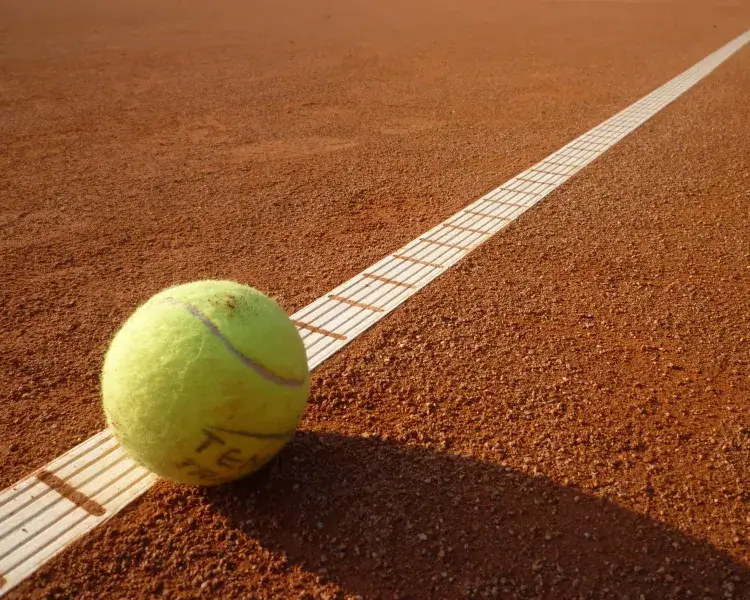
1. Limited Space and Dimensions
The smaller area and unique characteristics of a squash court make it difficult to play tennis there. The playing area is very constrained because squash courts are much smaller than tennis courts.
This limitation may make it difficult for you to execute full-scale tennis strokes and limit the shots you can play without discomfort. You may notice a difference in timing and depth perception because you’re used to the tennis court’s more significant space.
2. Altered Ball Behavior
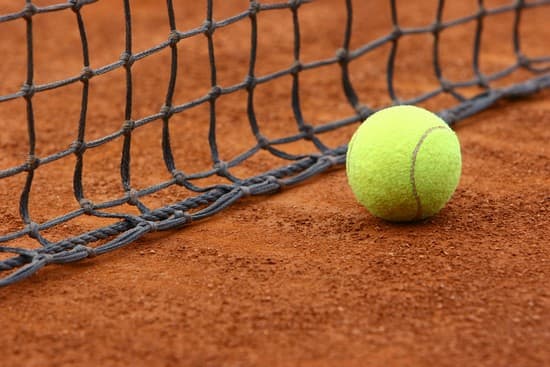
The tennis ball’s changing behavior on a squash court is yet another drawback of utilizing it for tennis practice. On squash court surfaces, tennis balls bounce differently, primarily because of the materials used and the size of the court.
The development of good stroke technique and timing may be complex due to the changing ball behavior because the ball may act unexpectedly.
3. Risk of Surface Damage
A squash court’s surface may be at risk if tennis is played there. Tennis shots, powerful serves, and groundstrokes can harm a squash court’s sensitive surface. Tennis balls striking a squash court repeatedly can cause fractures, dents, or other anomalies compromising the court’s structural stability. Tennis shoes’ sole grip patterns can also scuff or harm the squash court’s surface.
Frequently Asked Questions
1. Can I use a squash racket to play tennis on a squash court?
No, it is not advised to play tennis with a squash racquet. Tennis rackets are made for the specific demands of tennis, but squash rackets are made explicitly for the dynamics and needs of squash.
2. Can I play tennis on any flat surface, like a basketball court?
Although it is technically possible to play tennis on a flat surface like a basketball court, it is vital to consider a tennis court’s proportions and unique needs. For playing tennis in small locations, portable tennis netting or compact tennis courts are better solutions.
3. Are there any benefits to playing tennis on a squash court?
Tennis should not be played on a squash court because of the restrictions and any harm it could do. Tennis is best enjoyed and benefited from on a court explicitly designed for the activity.
4. Can I change the dimensions of a squash court into a tennis court?
It is impossible to transform a squash court into a tennis court by merely changing the measurements. Each court’s dimensions and playing characteristics are unique to its sport and cannot be easily changed.
5. Is it possible to play both tennis and squash?
Yes! Tennis and squash can both be played. Many people take pleasure in participating in both sports to make use of their unique qualities and advantages. But for each sport, it’s crucial to employ the right tools and pick the proper court.
Conclusion
Selecting the appropriate court for your favorite sport while determining whether to play squash or tennis is essential. Limitations, possible court damage, and safety issues might arise when playing tennis on a squash court. In cases where a dedicated court is not accessible, it is best to look into choices for playing tennis.
Think about things like your skill level, convenience, and availability. It is advisable to locate a tennis court that complies with the standard dimensions and playing surface criteria if tennis interests you. Similarly, if you’re a squash enthusiast, search for a specialized squash court to get the most out of the game.
REFERENCES
- https://sportscentaur.com/what-is-the-difference-between-squash-and-tennis/
- https://en.wikipedia.org/wiki/Squash_tennis
- https://groups.google.com/g/alt.sport.racquetball/c/5e62Ti5fo10?pli=1
- https://www.quora.com/Is-it-a-good-idea-to-use-a-squash-court-for-solo-tennis-drills-against-the-wall
- https://www.quora.com/Does-playing-squash-impact-ones-tennis-game-in-a-negative-way

